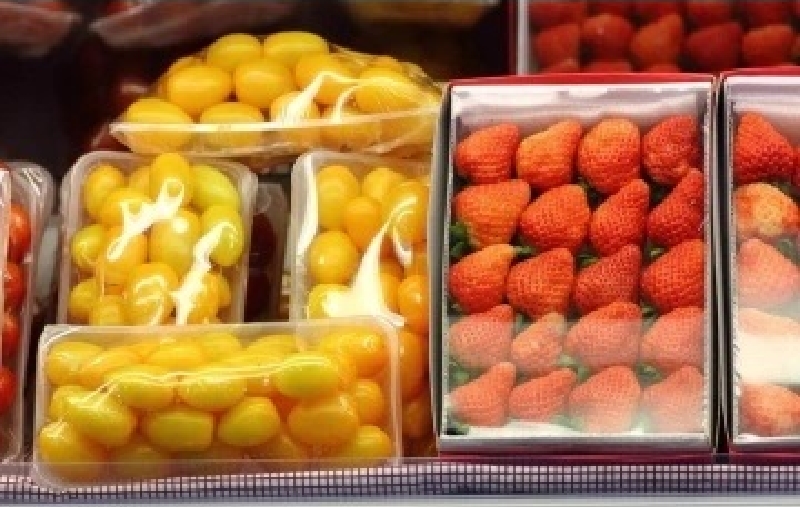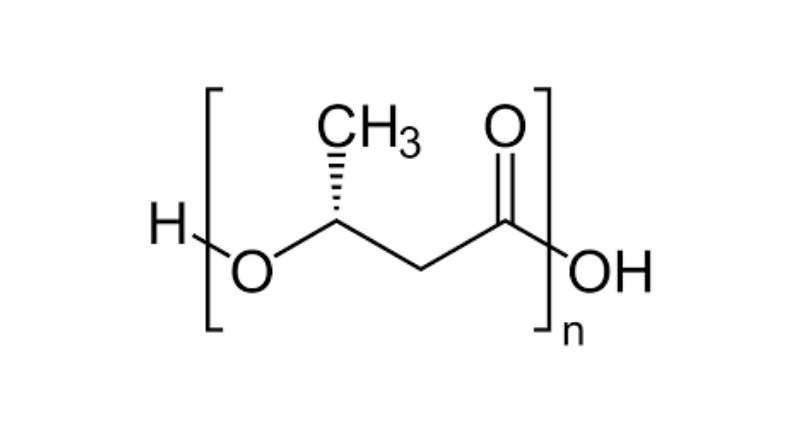Polyhydroxyalkanoates (PHA) constitute a wide family of polymers of renewable origin, synthesized naturally through bacterial fermentation processes of sugars or lipids. These biopolymers are found in cells in the form of granules and act as a reserve of energy and carbon.
In general, PHAs have properties compatible with polyethylene (PE) and polypropylene (PP).
The three most important polyhydroxyalkanoates are poly (3-hydroxybutyrate) (PHB), polyhydroxyvalerate (PHV), and polyhydroxyhexanoate (PHH). Several companies are involved in the production of PHAs. The market is currently relatively small, but it is expected to grow significantly. Typical applications for PHAs include disposable tableware items such as cups, cutlery, trays, dinner plates, and food containers. Some other (potential) applications include soil retention sheets and other agricultural films, garbage and shopping bags, and use as general packaging material. PHAs can also be spun into fibers that could be used for the manufacture of biodegradable single-use fabric articles: woven and non-woven fabrics, such as surgical sutures. Other (potential) biomedical applications include drug delivery systems (microcapsules or microspheres) and biodegradable implanted medical devices.


